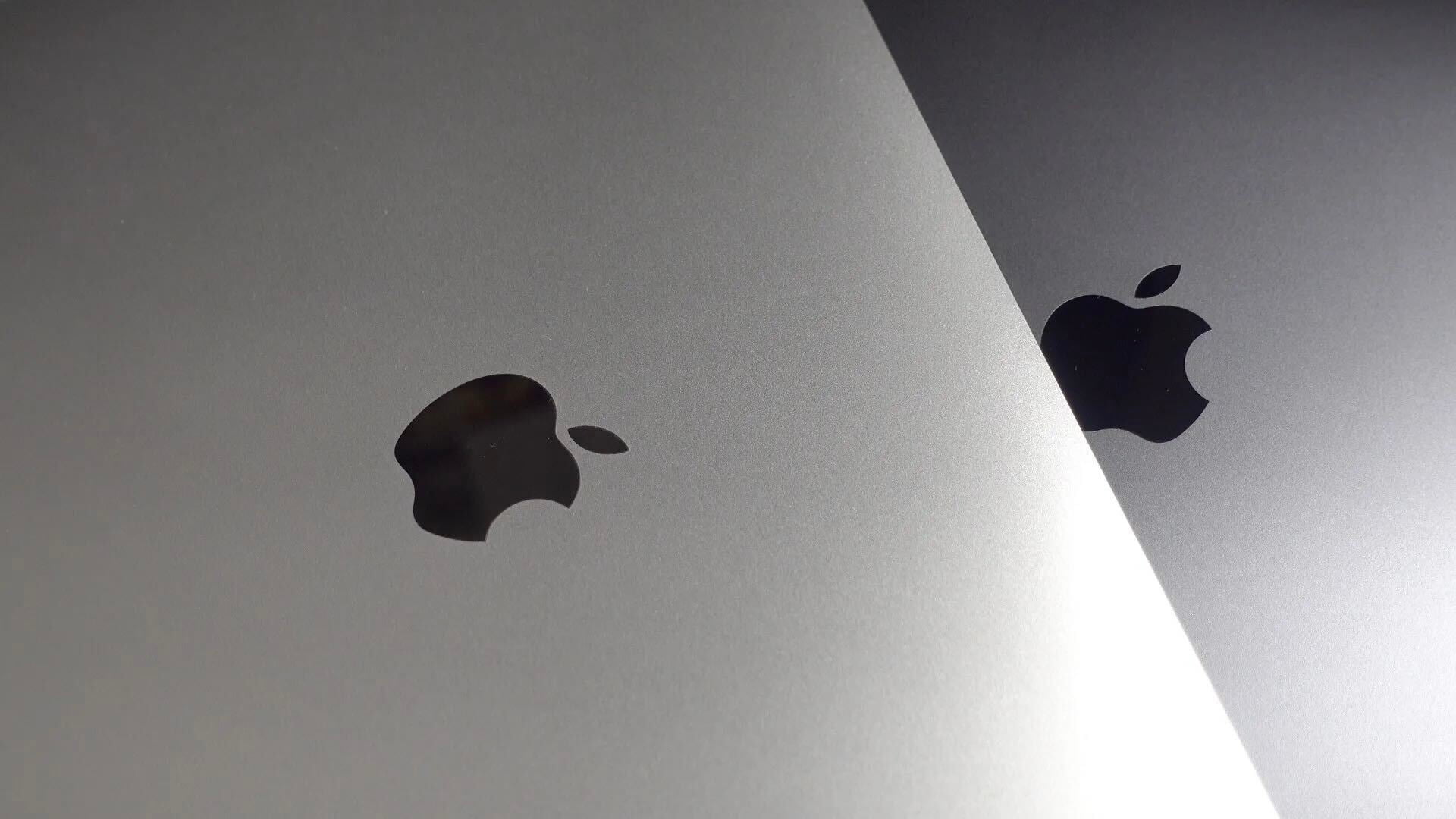
EduTech is a 9to5Mac weekly series that focuses on technology’s application in education, lower and higher level, both for productivity and enjoyment. If you have suggestions for topics or specific questions you’d like to see answered, feel free to let me know. Catch up on past installments here.
In this week’s installment of EduTech, we’re going to take a look at one of the best tools for finding high-quality research and data. This day and age, it’s easy to be overwhelmed with the amount of information there is on the Internet and it can be difficult to sort through it all, deciphering the quality research from the sub par.
That’s where Google Scholar comes in…
Google Scholar is one of the best, and my personal favorite, databases for conducting research. Whether it’s for a presentation, research paper, or a 9to5Mac piece, Google Scholar offers the best way to find high-quality and reliable research on pretty much any topic.
The service works just like any other database, but I personally find it considerably more easy to use purely because of how familiar most of us are with Google’s search tools. To use Google Scholar, simply head to scholar.google.com. Once there, you’ll be presented with a search box that you’re sure to recognize if you’ve ever used Google before. The difference, however, is that Google Scholar only searches scholarly literature, rather than anything under the sun.
Google says its Scholar platform is meant to help users find relevant work from sources including: articles, theses, books, abstracts and court opinions, from academic publishers, professional societies, online repositories, universities and other web sites.

Google also puts effort into how search results through Scholar are ranked:
Google Scholar aims to rank documents the way researchers do, weighing the full text of each document, where it was published, who it was written by, as well as how often and how recently it has been cited in other scholarly literature.
Once you’ve performed a search, you’ll see a variety of different resources. Right from the search result page, you can see a summary of each piece as well as the number of people who have cited it and a link to quickly view the PDF.
Google Scholar gives access to a variety of different research pieces on its own, but also has partnerships with many universities to offer even more information. For this reason, you might see differing search results depending on whether you’re connected to your own WiFi or your school’s.

One of my personal favorite features about Scholar is the “Cite” button, seen above. For any source on Schloar, you can simply click this button and be presented with a citation for that article in MLA, APA, Chicago, Harvard, and Vancouver standards.
There’s also support for narrowing down your search results by article type, year, and searching for patents and citations.
- Search all scholarly literature from one convenient place
- Explore related works, citations, authors, and publications
- Locate the complete document through your library or on the web
- Keep up with recent developments in any area of research
- Check who’s citing your publications, create a public author profile
Google Scholar takes the process of researching, something that may be seen as daunting or overwhelming, and makes it considerably easier and more familiar. While you may not find everything you need on the platform, it’s my favorite way to start the research process.

Check out previous installments of EduTech:
- EduTech: How to get the most out of your .edu email address with discounted software + hardware, more
- EduTech: The best iOS apps for keeping track of assignments, due dates, and more
- EduTech: How to turn your notes & handouts into searchable PDFs with iOS
- EduTech: Developers behind AirParrot introduce new classroom management app ‘ClassHub’
- EduTech: The best camera calculator apps for iPhone and iPad
- EduTech: The best accessories for using iPad & iPad Pro in the classroom
- EduTech: What Apple can do to win back Chromebook users & improve the education system
- EduTech: How to easily find and apply for scholarships using iOS
- EduTech: How to integrate Chromebooks w/ Apple TV for seamless presentations & collaboration
- EduTech: Earn real-life rewards for not using your phone during class with Pocket Points
- EduTech: The best cross-platform apps for group messaging
- EduTech: With Swift Playgrounds, Apple has a chance to change programming forever
- EduTech: Book Creator makes it easy for students & teachers to create & share interactive ebooks
FTC: We use income earning auto affiliate links. More.



Comments